Engineering Entrepreneurship Leads Three CT Institutions to Collaborate in Masters Program
/The latest effort to attract talented entrepreneurs from around the world to the state of Connecticut is a new partnership between the University of Connecticut, Trinity College and the University of New Haven, launching a joint Master’s of Engineering in Global Entrepreneurship. It is the first engineering-focused entrepreneurial graduate degree in the state.
The new master’s degree program aims to create what officials describe as “a nurturing ecosystem” to enable novice entrepreneurs to learn best practices, receive mentorship from veteran entrepreneurs, and be “set-up for success.”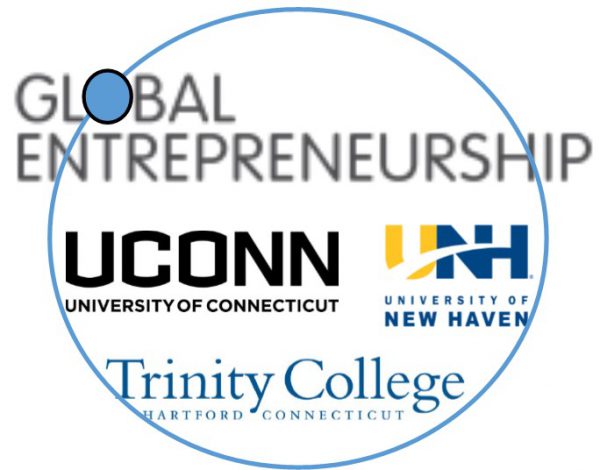
The program, which is fully funded, will recruit individuals from all over the world who are in the early stages of developing start-ups, or who have shown an impressive penchant for entrepreneurship, to apply to the program. Accepted students will receive full tuition remission, a yearly stipend, and significant other resources to help them commercialize their ventures.
“This program, and its related initiatives, will be a major step towards bringing in the best and the brightest from all over the world, giving them the tools they need, and turning them into major entrepreneurial advocates for the state of Connecticut,” said UConn associate dean of engineering Mei Wei. “If we can bring them in early, train them, and open up doors toward commercialization, then we can literally help create start-ups from scratch, and help them to grow roots in this state.”
Similar programs are being offered by universities across the country, including at Brown, Dartmouth, University of Pennsylvania, and Villanova. Some include a focus at the undergraduate and graduate levels, while others are certificate, rather than degree, programs. Support for the Connecticut program comes from CTNext, with a funding match from UConn’s Schools of Engineering and Business, Trinity College, and the University of New Haven.
Kazem Kazerounian, dean of UConn’s School of Engineering, says it is essential to spread the net wide when recruiting in order to bring in the most talented students, regardless of their state or country of origin, in the same way student-athletes are recruited. “We have to search nationally and internationally to assemble the best possible collection of talent.”
John Elliott, dean of the School of Business, says that creating more entrepreneurial programs in a wider variety of academic concentrations will have a significant impact on Connecticut’s economic future.
“At the School of Business, we have a tremendous opportunity to help other entrepreneurs, in the sciences, engineering, medicine, and other specialties, to develop the business knowledge and meet the mentors and advisers who can help them take a great idea and bring it to the marketplace.
 The three institutions will work during the next few months to develop the curriculum, establish an advisory board, create a virtual inter-institutional platform, and plan to start recruiting for the first cohort of students. All three institutions have a lengthy pedigree in engineering, and effective programs to advance entrepreneurship at the undergraduate level. UNH offers the Kern Entrepreneurial Engineering Network (KEEN), focused on fostering an entrepreneurial mindset in engineering students. Trinity College President Joanne Berger-Sweeney has described engineering, entrepreneurship and innovation as part of the college’s DNA.
The three institutions will work during the next few months to develop the curriculum, establish an advisory board, create a virtual inter-institutional platform, and plan to start recruiting for the first cohort of students. All three institutions have a lengthy pedigree in engineering, and effective programs to advance entrepreneurship at the undergraduate level. UNH offers the Kern Entrepreneurial Engineering Network (KEEN), focused on fostering an entrepreneurial mindset in engineering students. Trinity College President Joanne Berger-Sweeney has described engineering, entrepreneurship and innovation as part of the college’s DNA.
The program is being co-led by David Noble, professor-in-residence in management, director of the Peter J. Werth Institute for Entrepreneurship & Innovation, and co-director of the UConn Entrepreneurship and Innovation Consortium; Hadi Bozorgmanesh, professor of practice in engineering entrepreneurship and co-director of the UConn Entrepreneurship and Innovation Consortium; Sonia Cardenas, dean of academic affairs and strategic initiatives at Trinity College; and Ron Harichandran, dean of the Tagliatela College of Engineering at the University of New Haven.


 The purpose of the pilot program, according to OPM, is to encourage and allow for the testing of fully autonomous vehicles (FAV) on local highways in Connecticut. The goal for the pilot program is to allow a variety of FAV testing to occur in four municipalities throughout the state, bringing Connecticut to the forefront of the innovative and burgeoning autonomous vehicle industry.
The purpose of the pilot program, according to OPM, is to encourage and allow for the testing of fully autonomous vehicles (FAV) on local highways in Connecticut. The goal for the pilot program is to allow a variety of FAV testing to occur in four municipalities throughout the state, bringing Connecticut to the forefront of the innovative and burgeoning autonomous vehicle industry.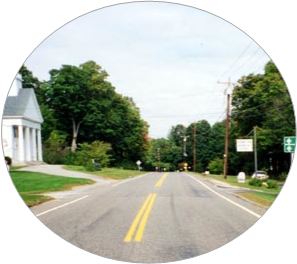
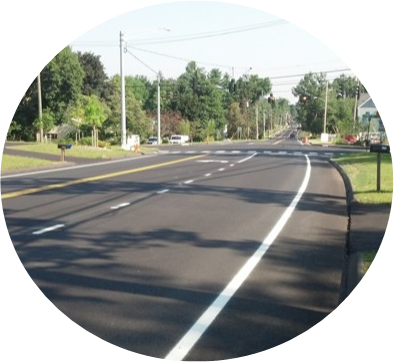 The state law outlines a framework of the minimum requirements to be included in agreements between municipalities and autonomous vehicle testers approved for participating in the Fully Autonomous Vehicle Testing Pilot Program (FAVTPP). The Connecticut law, according to the
The state law outlines a framework of the minimum requirements to be included in agreements between municipalities and autonomous vehicle testers approved for participating in the Fully Autonomous Vehicle Testing Pilot Program (FAVTPP). The Connecticut law, according to the  3 Seconds Behind the Wheel, which debuts on Connecticut Public on Thursday evening, is a new
3 Seconds Behind the Wheel, which debuts on Connecticut Public on Thursday evening, is a new  The film also gives audiences a firsthand look at emerging technologies that could one day offer solutions to rising crash statistics. The documentary follows researchers at Google who are using driving simulators to develop next-generation in-car infotainment systems, and explores how one Swedish company is experimenting with technology that could one day allow cars to understand human feelings and make driving decisions based on individual needs.
The film also gives audiences a firsthand look at emerging technologies that could one day offer solutions to rising crash statistics. The documentary follows researchers at Google who are using driving simulators to develop next-generation in-car infotainment systems, and explores how one Swedish company is experimenting with technology that could one day allow cars to understand human feelings and make driving decisions based on individual needs.
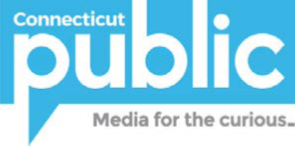

 The U.S. DOT invests in the future of transportation through its University Transportation Centers (UTC) Program, which awards and administers grants to consortia of colleges and universities across the United States. In the Northeast, other consortia with the same policy focus include a 9-institution UTC led by Rutgers, the State University of New Jersey and a 6-institution group led by Pennsylvania State University.
The U.S. DOT invests in the future of transportation through its University Transportation Centers (UTC) Program, which awards and administers grants to consortia of colleges and universities across the United States. In the Northeast, other consortia with the same policy focus include a 9-institution UTC led by Rutgers, the State University of New Jersey and a 6-institution group led by Pennsylvania State University.

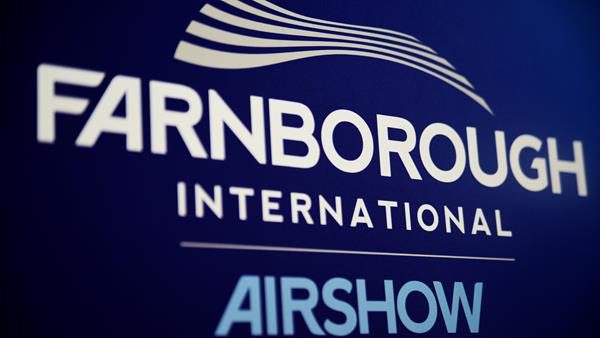
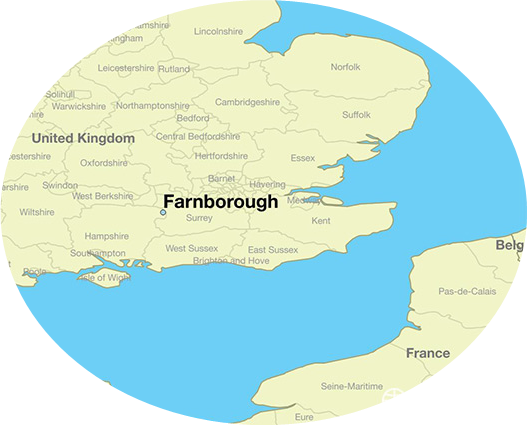 Satisfied Connecticut companies in 2016 include Windsor-based
Satisfied Connecticut companies in 2016 include Windsor-based 
 More than a dozen Connecticut companies had a presence in the state’s pavilion at the event: Jackson Laboratory, Sema4, Genotech Matrix, AlvaHealth, RallyBio, Cantor Colburn, Pfizer, e-Path Learning, Thetis Pharmaceuticals, XViVO, Clarity Quest, Lucerna, Wyant Simboli, Boehringer Ingelheim, Aeromics, LambdaVision, Pattern Genomics.
More than a dozen Connecticut companies had a presence in the state’s pavilion at the event: Jackson Laboratory, Sema4, Genotech Matrix, AlvaHealth, RallyBio, Cantor Colburn, Pfizer, e-Path Learning, Thetis Pharmaceuticals, XViVO, Clarity Quest, Lucerna, Wyant Simboli, Boehringer Ingelheim, Aeromics, LambdaVision, Pattern Genomics.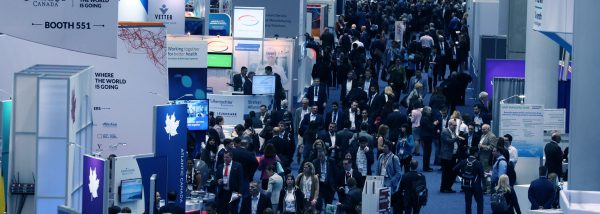 All told, there were more than 1,000 companies from dozens of nations represented at the 25th anniversary conference. The organizations
All told, there were more than 1,000 companies from dozens of nations represented at the 25th anniversary conference. The organizations 

 “This is an exciting opportunity for all of us at Foodshare. More produce and healthier options: that’s the future of food banking,” said Jason Jakubowski, President and CEO of Foodshare.
“This is an exciting opportunity for all of us at Foodshare. More produce and healthier options: that’s the future of food banking,” said Jason Jakubowski, President and CEO of Foodshare.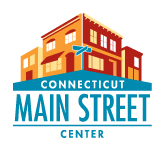
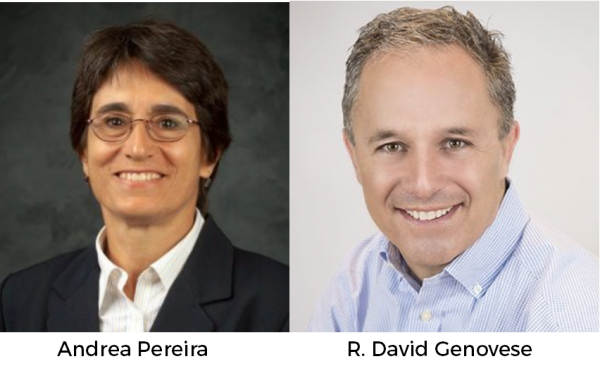 The Jack Shannahan Award for Public Service for 2018 goes to Andrea Pereira, a former Board Chair of Connecticut Main Street Center, who has been a partner in CMSC’s Come Home to Downtown program, providing financing through the Come Home to Downtown Loan Fund. Pereira, Executive Director of
The Jack Shannahan Award for Public Service for 2018 goes to Andrea Pereira, a former Board Chair of Connecticut Main Street Center, who has been a partner in CMSC’s Come Home to Downtown program, providing financing through the Come Home to Downtown Loan Fund. Pereira, Executive Director of 






























